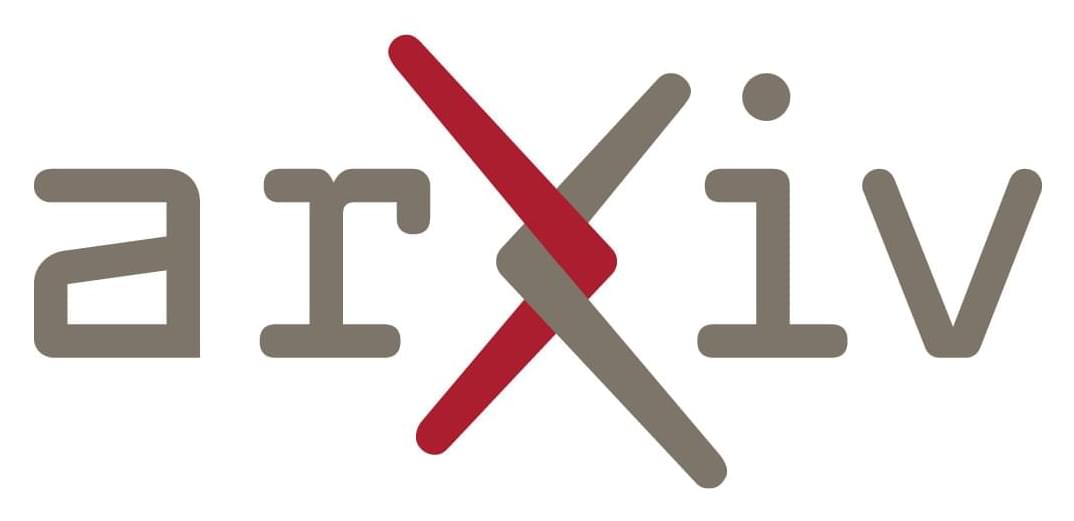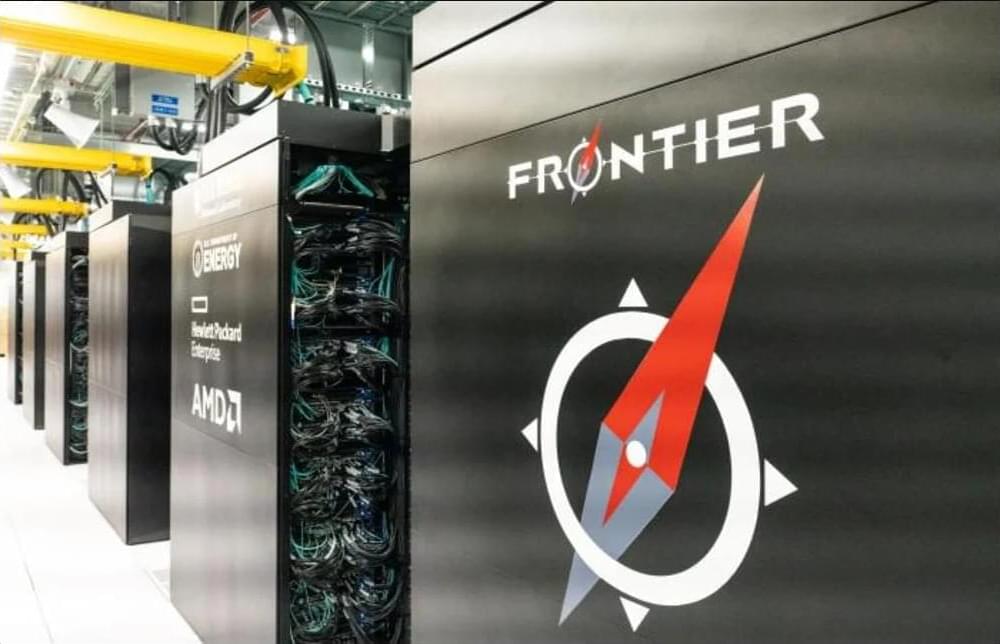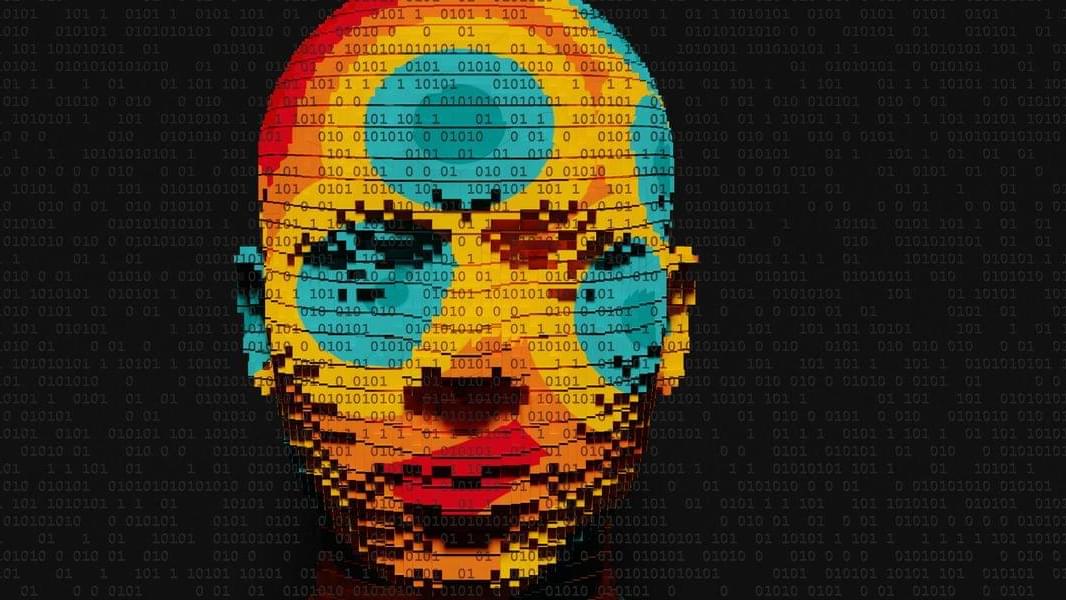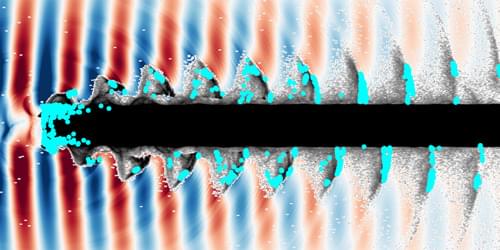The belief that AI is conscious is not without risk



Although reinforcement learning (RL) can effectively enhance the reasoning capabilities of vision-language models (VLMs), current methods remain heavily dependent on labor-intensive datasets that require extensive manual construction and verification, leading to extremely high training costs and consequently constraining the practical deployment of VLMs. To address this challenge, we propose Vision-Zero, a domain-agnostic framework enabling VLM self-improvement through competitive visual games generated from arbitrary image pairs. Specifically, Vision-Zero encompasses three main attributes: Strategic Self-Play Framework: Vision-Zero trains VLMs in “Who Is the Spy”-style games, where the models engage in strategic reasoning and actions across multiple roles. Through interactive gameplay, models autonomously generate their training data without human annotation. Gameplay from Arbitrary Images: Unlike existing gamified frameworks, Vision-Zero can generate games from arbitrary images, thereby enhancing the model’s reasoning ability across diverse domains and showing strong generalization to different tasks. We demonstrate this versatility using three distinct types of image datasets: CLEVR-based synthetic scenes, charts, and real-world images. Sustainable Performance Gain: We introduce Iterative Self-Play Policy Optimization (Iterative-SPO), a novel training algorithm that alternates between Self-Play and reinforcement learning with verifiable rewards (RLVR), mitigating the performance plateau often seen in self-play-only training and achieving sustained long-term improvements. Despite using label-free data, Vision-Zero achieves state-of-the-art performance on reasoning, chart question answering, and vision-centric understanding tasks, surpassing other annotation-based methods. Models and code has been released at https://github.com/wangqinsi1/Vision-Zero.

The discovery of a defensive mechanism could help stop cancer before it spreads. Cancer cells rapidly increase their energy output when physically squeezed, according to a study in Nature Communications. This immediate burst of energy is the first documented defensive response that helps cells repair DNA damage and endure the crowded conditions inside the human body.



💥💥💥 Linterna AceBeam K1 https://www.acebeam.com/k1-edc-flashlight-with-three-light-sources.
Códigos de tiempo:
0:00 — El Fin de Procesadores Clásicos – Chip NEUROMÓRFICO Explicado.
1:04 — ¿Qué Es un Procesador Neuromórfico?
2:56 — Ventajas de los Chips Neuromórficos.
5:44 — Procesadores Neuromórficos que Ya Existen.
7:51 — Limitaciones de los Procesadores Neuromórficos.
PC gamers are celebrating games that actually run, and it’s the FPS leading by example.

